Sikkim, located in the eastern Himalayas, is a natural treasure house, and among many other places of interest, it is home to several rejuvenating hot springs. Spread throughout this varied landscape, these listed hot springs in Sikkim have much more inside than warm, soothing waters. They are the windows to Sikkim’s geological history, bastions of traditional healing practices, and sites for reverence among local communities. From easily accessible pools near bustling towns to remote springs hidden in the mountains, Sikkim’s hot springs depict a blend of relaxation, adventure, and culture.
10 Hot Springs In Sikkim
Let’s delve into the 10 famous hot springs in Sikkim, each offering a unique experience and insight into the region’s natural wonders and cultural heritage.
1. Reshi Hot Spring
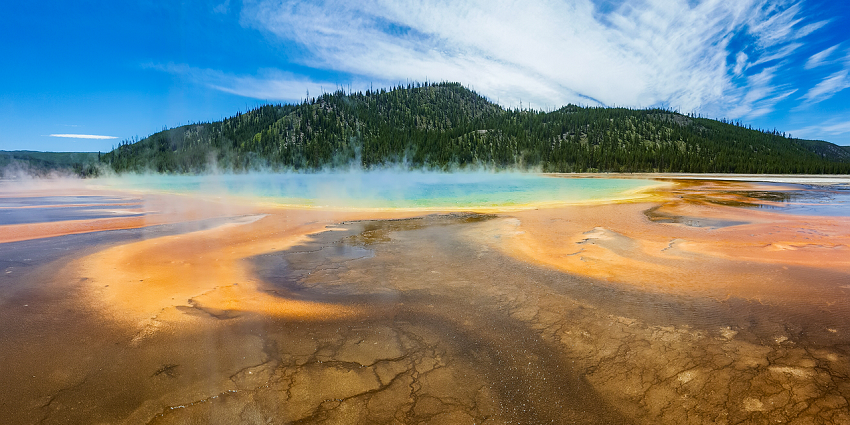
Photo: Pixabay / Pexels / Image For Representation Only
Reshi Hot Spring, locally known as Tato Pani, is one of the most popular hot springs in Sikkim. Situated along the banks of the Rangeet River, this spring is renowned for its sulfur-rich waters that maintain a constant temperature of about 40°C (104°F). Lush forests surround the spring, offering visitors a serene natural setting and therapeutic benefits. The mineral-rich waters of Reshi are believed to have healing properties, particularly for skin ailments and joint pain. Many visitors come here for a soothing soak, often combining it with a picnic by the riverside.
Best Time to Visit: October to May
Major Attractions: Sulfur-rich thermal pools, riverside picnic spots, and beautiful forest surroundings
How to Reach: About 25 km from Gangtok, Reshi is easily accessible by taxi or shared jeep from the capital city
Suggested Read: Top Places To Visit In East Sikkim For An Incredible Experience
2. Yumthang Hot Spring
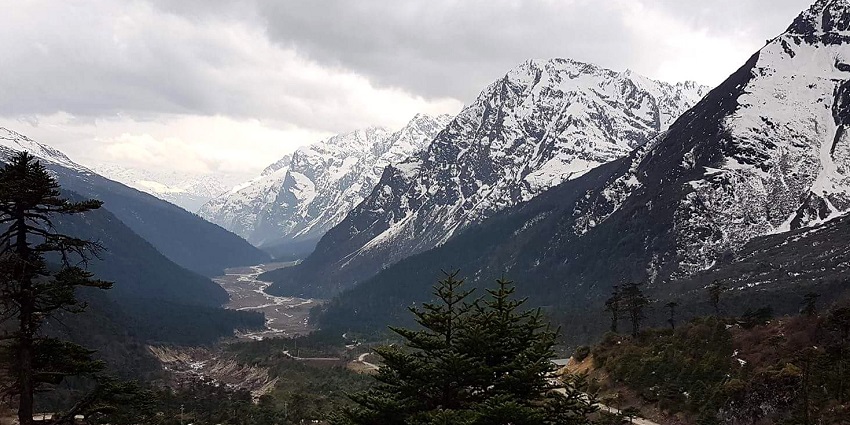
Photo: Vercity05 / Wikimedia Commons
Nestled in the breathtaking Yumthang Valley, often called the “Valley of Flowers,” the Yumthang Hot Spring is a top hot spring in Sikkim. This spring is surrounded by snow-capped mountains and colourful rhododendron forests, offering a magical setting that seems almost otherworldly. The spring’s waters are rich in sulfur and are believed to have medicinal properties. Yumthang is unique in its high altitude location, sitting at about 3,564 meters (11,693 feet) above sea level. The contrast between the steaming hot spring and the often snow-covered surroundings creates a surreal experience.
Best Time to Visit: March to June for the blooming rhododendrons and September to December for clear mountain views
Distance From Gangtok: 140 km
3. Borong Hot Spring
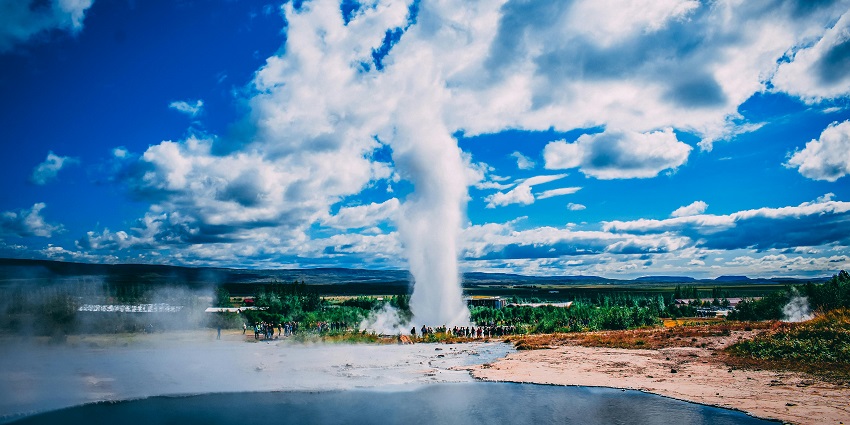
Photo: Rudy Kirchner / Pexels / Image For Representation Only
Borong Hot Spring, located in South Sikkim, is one of the less commercialised thermal springs in the state. This hidden gem is situated amidst dense forests and offers a more rustic and authentic hot spring experience. The spring’s waters are rich in sulfur and other minerals, maintaining a temperature of about 38°C (100°F). What sets Borong apart is its pristine natural setting. Visitors can enjoy the therapeutic waters surrounded by the sounds of the forest and nearby streams. The spring is also known for its spiritual significance, with a small shrine nearby where locals often make offerings.
Best Time to Visit: October to May
Distance From Gangtok: 120 km
Suggested Read: Places To Visit In South Sikkim
4. Ralong Hot Spring
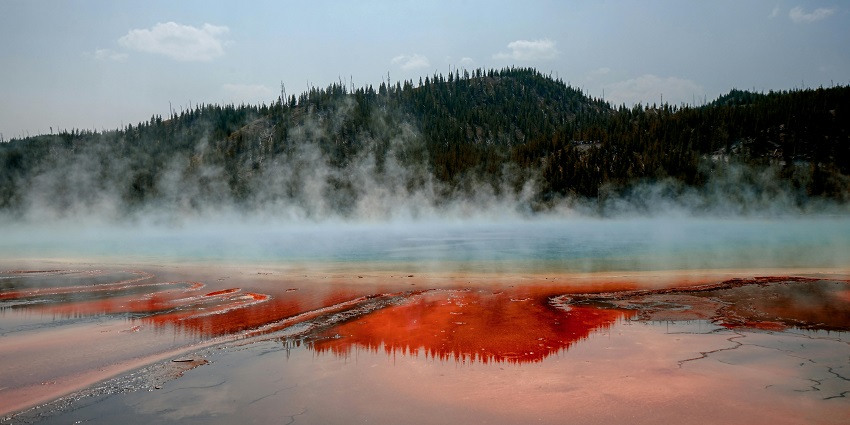
Photo: Vlad Chețan / Wikimedia Commons / Image For Representation Only
Ralong Hot Springs is tucked away in the serene landscapes of South Sikkim. This lesser-known spring offers a more intimate and peaceful experience compared to some of the more popular thermal baths in the state. The spring’s waters are believed to have healing properties, particularly for skin diseases and joint problems. What makes Ralu unique is its proximity to the Ralong Monastery, one of the most important Buddhist monasteries in Sikkim. Visitors can combine a rejuvenating soak in the hot spring with a cultural exploration of the monastery, offering a perfect blend of relaxation and spiritual enlightenment.
Best Time to Visit: October to May
How to Reach: Ralu is about 110 km from Gangtok, accessible by taxi or shared jeep. The last few kilometres may require a short hike
5. Takrum Hot Spring
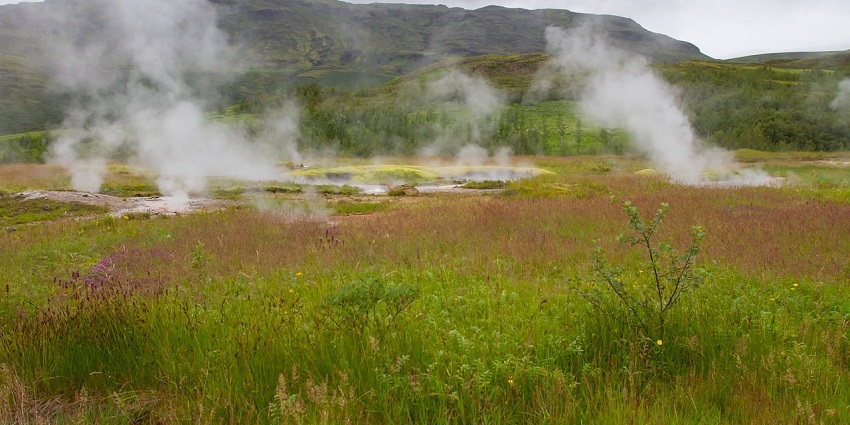
Photo: adege / Pixabay / Image For Representation Only
Takrum Hot Spring, located in West Sikkim, is one of the state’s most secluded and untouched thermal springs. Situated near the village of Takrum, this spring offers a glimpse into rural Sikkimese life along with its therapeutic waters. The spring’s remote location has helped preserve its natural beauty and tranquillity. The seas of Takrum are rich in minerals and maintain a comfortable temperature year-round. Local folklore attributes various healing properties to these waters, particularly for respiratory and digestive ailments.
Best Time to Visit: October to April
Distance From Gangtok: 130 km
Suggested Read: Top Offbeat Places In Sikkim For Your Next Surreal Trip
6. Zee-ro Hot Spring
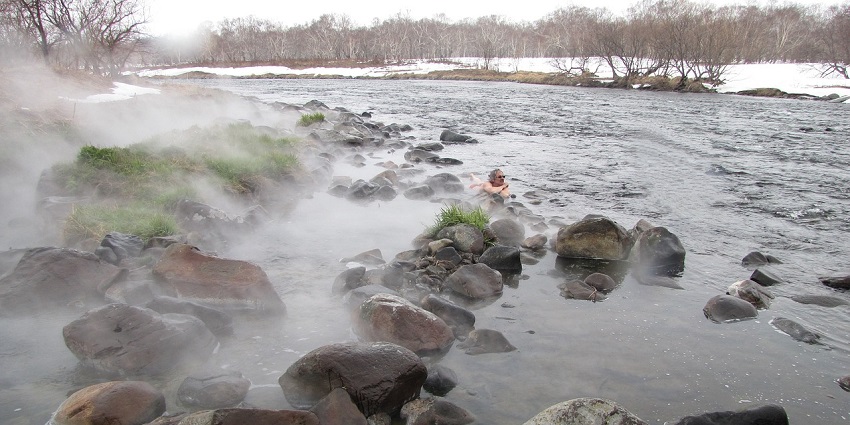
Photo: Natalia_Kollegova / Pixabay / Image For Representation Only
Zee-ro Hot Spring, located in North Sikkim, is one of the highest-altitude hot springs in the region. This spring, situated at about 4,000 meters (13,123 feet), offers a unique high-altitude bathing experience. Rugged mountain landscapes surround the spring and are often covered in snow during winter months. Zee-ro’s extreme location and the adventurous journey required to reach it set it apart. The spring’s waters are believed to have exceptional healing properties due to their high mineral content.
Best Time to Visit: May to October
Major Attractions: High-altitude hot spring baths, breathtaking Himalayan vistas, and the thrill of reaching a remote destination
Distance From Gangtok: 170 km
7. Polok Hot Spring
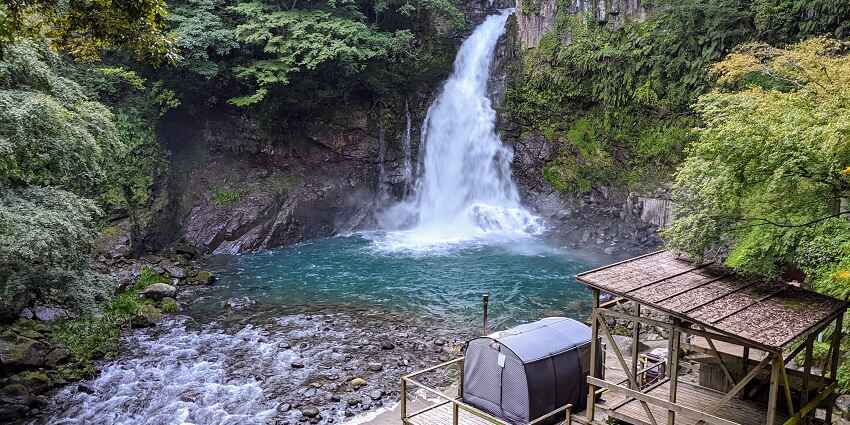
Photo: Jpatokal / Wikimedia Commons / Image For Representation Only
Polok Hot Spring, nestled in the heart of West Sikkim, is a hidden treasure mainly known to locals and intrepid travelers. This spring is renowned for its crystal-clear waters and serene forest setting. The spring’s waters are rich in minerals and maintain a constant temperature of about 39°C (102°F). What makes Polok unique is its unspoiled natural environment. The spring is surrounded by diverse flora and fauna, offering visitors a chance to connect with nature while enjoying the therapeutic waters. Local communities consider the spring sacred, and small rituals are often performed here.
Best Time to Visit: October to May
Distance From Gangtok: 140 km
Suggested Read: Places To Visit In West Sikkim
8. Phurchachu Hot Spring
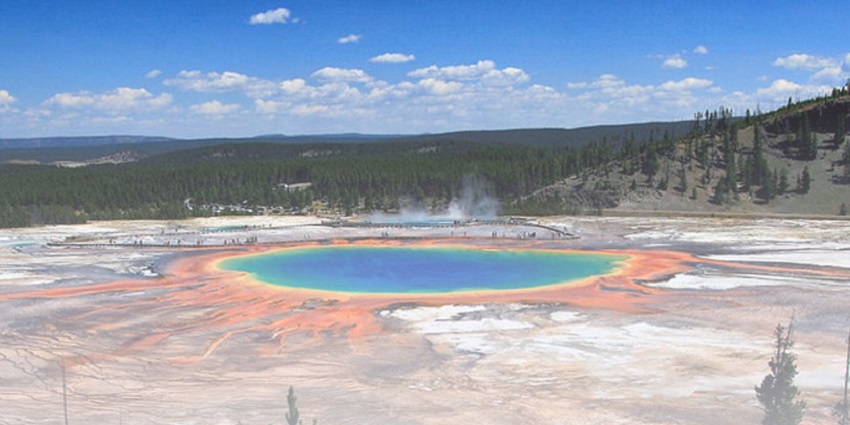
Photo: Meaghan / Wikipedia / Image For Representation Only
Phurchachu Hot Spring, located near the town of Reshi in South Sikkim, is known for its medicinal properties and picturesque setting. The spring’s waters are rich in sulfur and other minerals, believed to be effective in treating various skin conditions and rheumatic ailments. The spring is set against the backdrop of lush green hills, offering a tranquil environment for relaxation and healing. What makes Phurchachu special is its integration of traditional Sikkimese healing practices with modern amenities. The site features both natural pools and developed bathing facilities, catering to different preferences.
Best Time to Visit: October to May
Major Attractions: Sulfur-rich hot spring baths, scenic hillside locations, and traditional healing rituals
How to Reach: Phurchachu is about 30 km from Gangtok, accessible by taxi or shared jeep
9. Legship Hot Spring
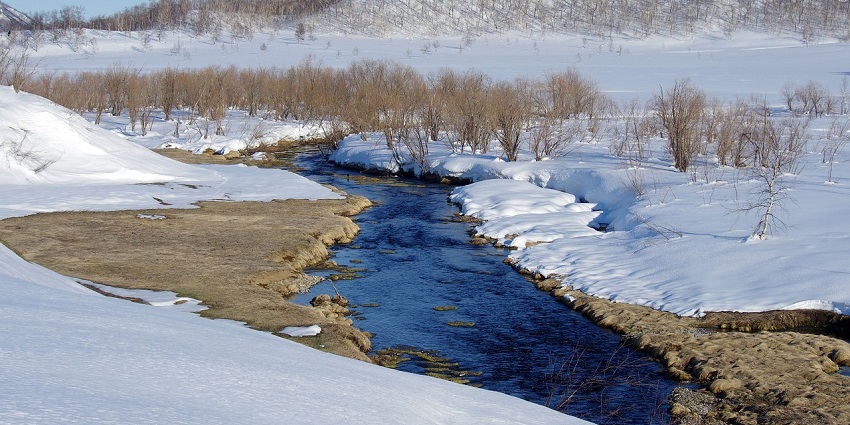
Photo: Natalia_Kollegova / Wikimedia Commons / Image For Representation Only
Legship Hot Spring, situated in West Sikkim, is a lesser-known gem that offers a more intimate and local experience. The spring is located near the confluence of the Rangeet and Rathong rivers, providing a unique riverside setting. The waters of Legship are believed to have therapeutic properties, especially for joint pains and skin disorders. What sets Legship apart is its integration with local community life. The spring is a gathering place for villagers and offers visitors a chance to experience authentic Sikkimese culture.
Best Time to Visit: October to April
How to Reach: Legship is about 90 km from Gangtok. It can be reached by taxi or shared jeep, with the last part of the journey possibly requiring a short walk
Suggested Read: Popular Things To Do In Sikkim
10. Tarum Hot Spring
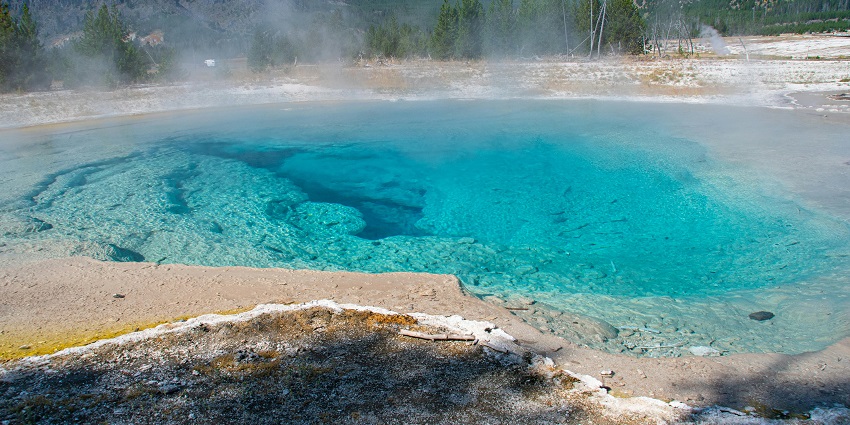
Photo: Siegfried Poepperl / Pexels / Image For Representation Only
Tarum Hot Spring, located in the remote regions of North Sikkim, is one of the most secluded and pristine hot springs in the state. Situated at a high altitude, this spring offers breathtaking views of the surrounding Himalayan peaks. The spring’s waters are rich in minerals and are believed to have powerful healing properties. What makes Tarum unique is its untouched nature and the sense of adventure it provides. Reaching the spring involves a challenging trek through stunning landscapes, rewarding visitors with a truly off-the-grid experience.
Best Time to Visit: May to September
Major Attractions: High-altitude hot spring baths, panoramic mountain views, and trekking opportunities
Distance From Gangtok: 180 km
The hot springs of Sikkim offer more than warm, soothing waters; they provide a gateway to understanding the region’s geological wonders, cultural traditions, and natural beauty. From the easily accessible pools of Reshi to the remote, high-altitude springs of Zee-ro and Tarum, each thermal bath tells a unique story of Sikkim’s landscape and its people. Plan a trip with TripXL for a hassle-free vacation to Sikkim.
Cover Photo: Bernard Gagnon / Wikimedia Commons


 WhatsApp
WhatsApp
 Twitter
Twitter









